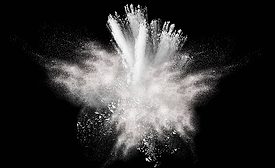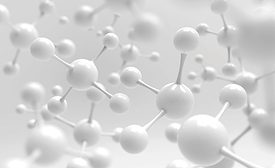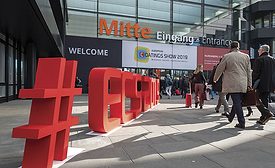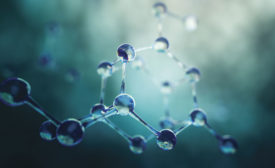Kristin Johansson
Kristin has been with BNP Media since 1992. She was named Editor of PCI in 2010 after being Managing Editor for 12 years.
Chief Editor, PCI
ARTICLES
Keep the info flowing with our eNewsletters!
Get the latest industry updates tailored your way.
JOIN TODAY!Copyright ©2024. All Rights Reserved BNP Media.
Design, CMS, Hosting & Web Development :: ePublishing






